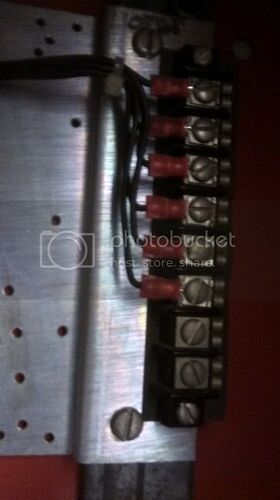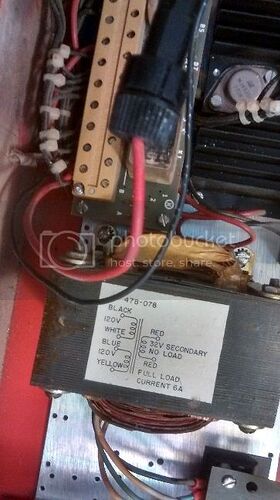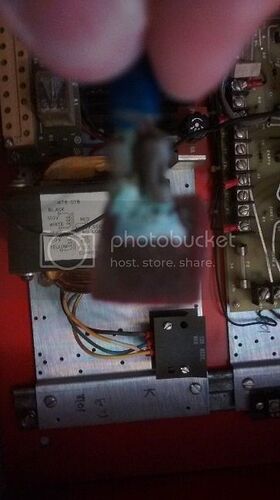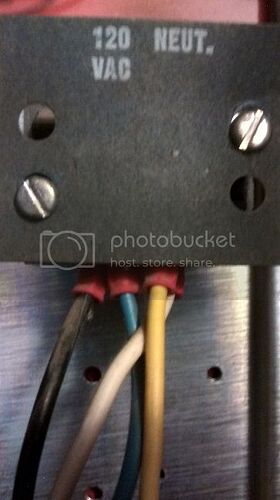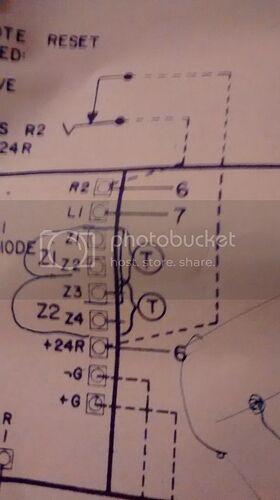Hello! It’s great to be back on the forums. I’m Fahrenheit4051 on YouTube, and was Simplex 2901-9833 on the old forums. Anyway, I have a small, used Simplex 4207 panel. I’d really like to test it, but I’m not sure what to do. I did bring plenty of photos, though.
For starters, here’s the entire inside:
Here’s the main board:
Photo Storage 
It has five cards. The slots are labeled: Signal silence, low battery, Earth (which I’m guessing means “ground”), Zone 1 and Zone 2.
Here’s a close-up of the on-board screw terminals. I’m guessing the Z# terminals are for the IDC zones, and the G+/- are for ground.
Here’s another set of terminals:
Photo Storage 
These screw terminals are located apart from the main board:
Photo Storage
They’re labeled 1 through 8. I’m guessing they could be for the NACs.
These components are located below the main board:
Photo Storage 
I know the device on the right is a transformer, and I’m guessing the black thing is a sort of heat sink. But I have no clue what the small screw terminals are for.
This part has me confused:
Photo Storage
I wouldn’t be concerned with these terminals if it weren’t for these two loose wires sticking out. As you can see, one of them has an in-line fuse.
Here’s the positive wire from the component described above:
Photo Storage
It’s pretty badly corroded. I’m guessing the negative wire also had one of these red plastic squares, too. Wait… Just realized this while writing… Nasty white corrosion? Positive and negative? Battery hookups!
Here are the AC terminals.
Photo Storage
This part scares me the most. I really don’t want to fry myself.
Here’s the left display panel:
Photo Storage 
No batteries = Trouble.
Here’s the right display panel:
Photo Storage 
Here are the hookups for the display:
Photo Storage 
If you’re curious, here’s the ID tag, too:
Photo Storage 
It also came with some blueprints from Simplex. If anyone would like to see those, I could photograph or scan them some time in the near future.
Thank you for any help you can provide. ![]()


